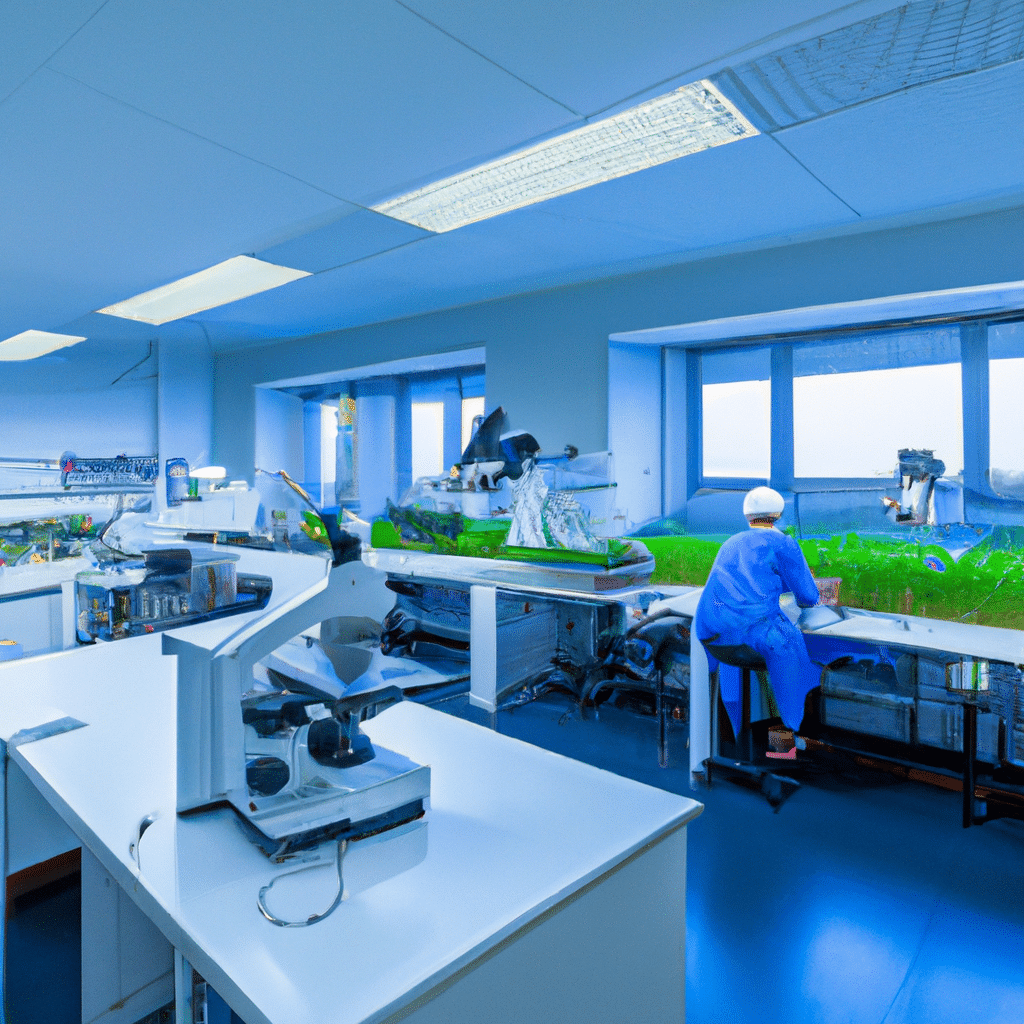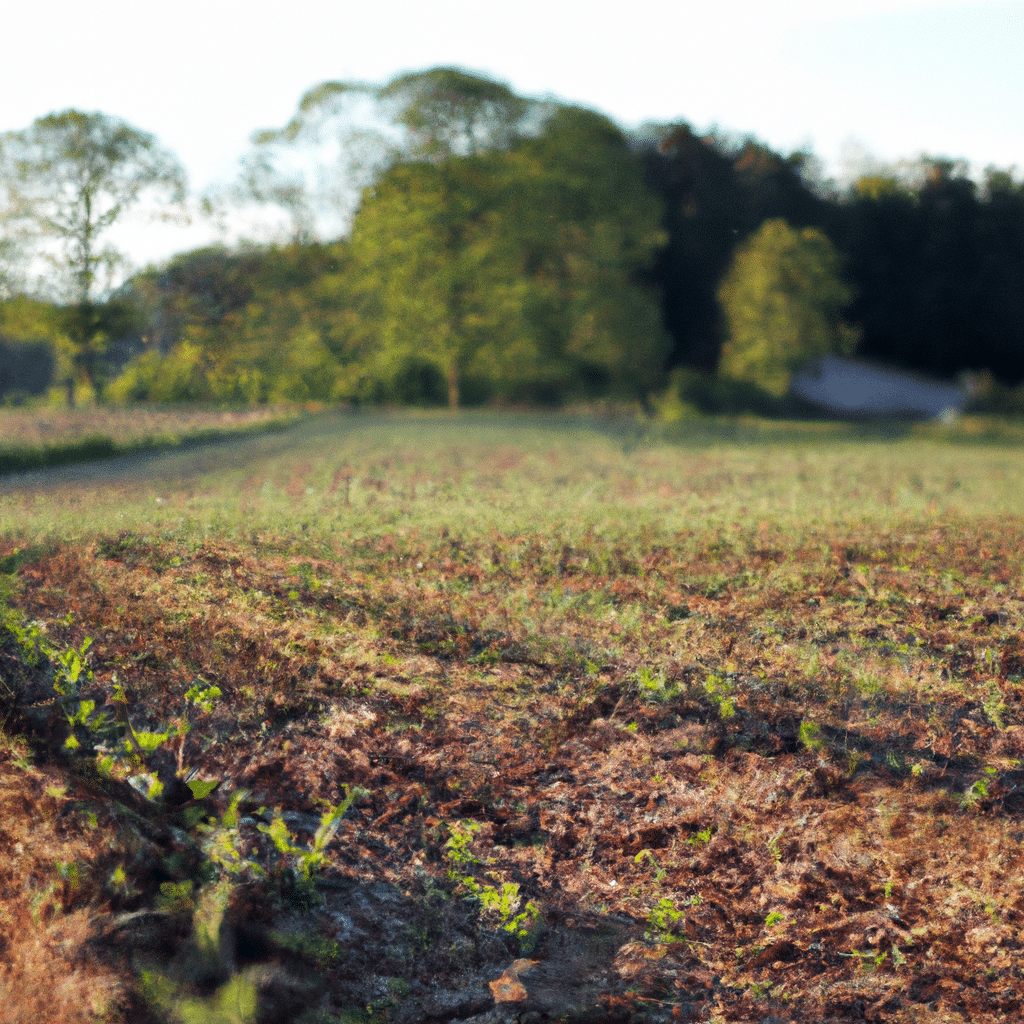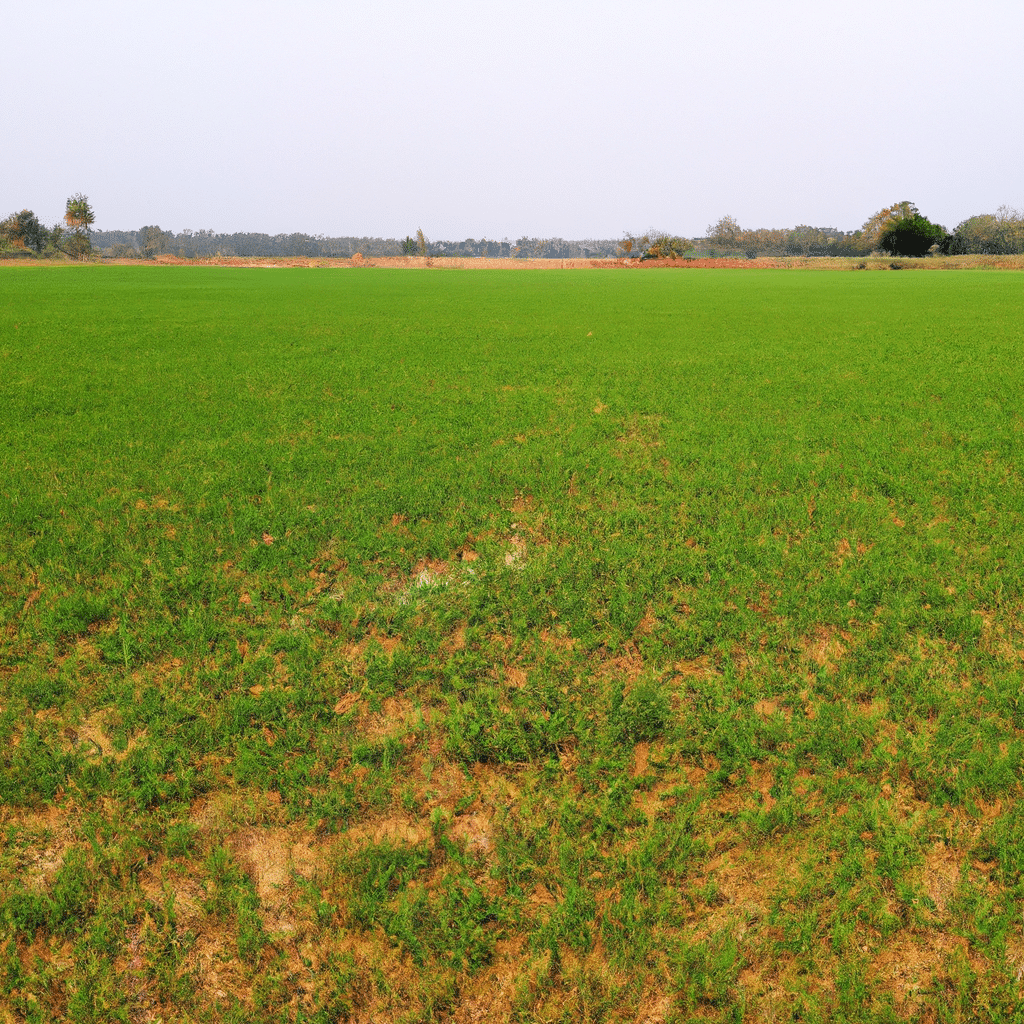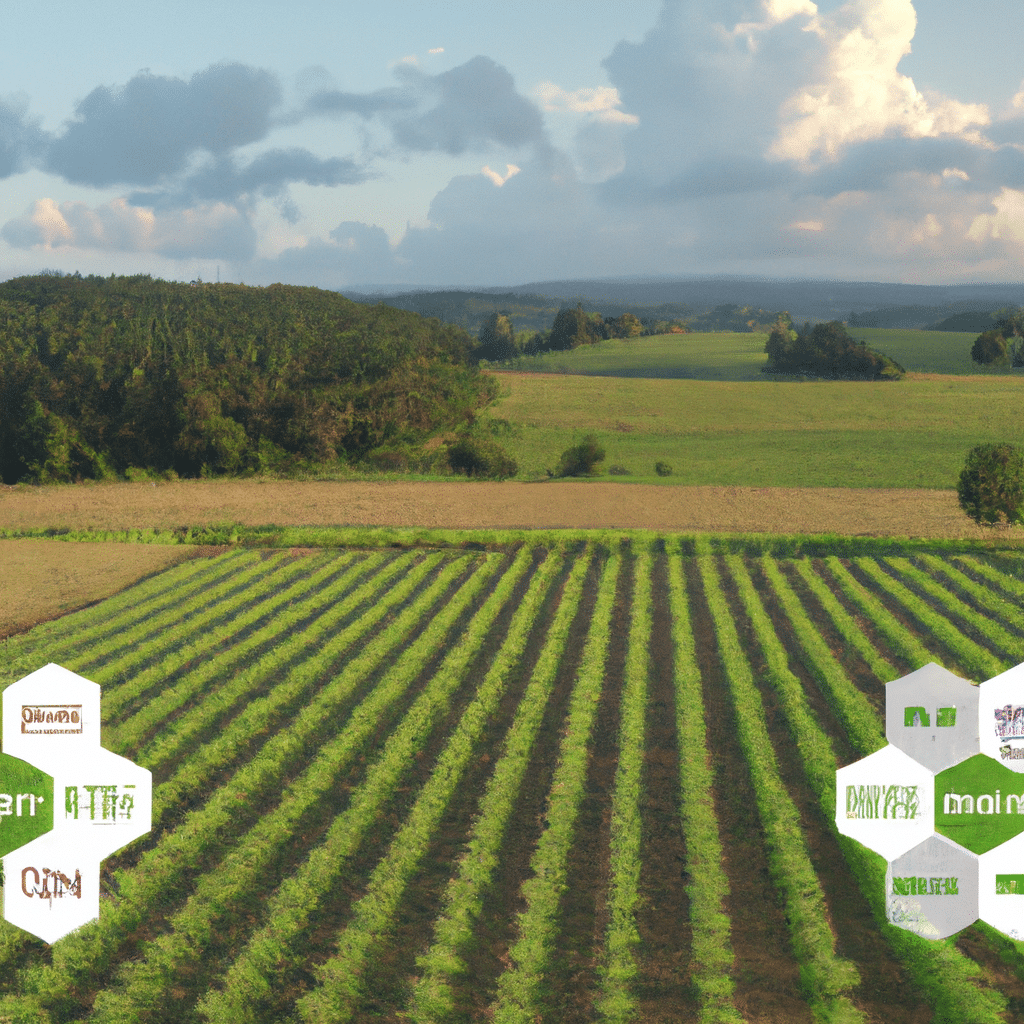In recent years, gene editing technology has emerged as a groundbreaking tool in the field of biotechnology. Among the various gene editing techniques, CRISPR (Clustered Regularly Interspaced Short Palindromic Repeats) has gained significant attention due to its simplicity, efficiency, and versatility. This revolutionary technology has opened up new possibilities for crop development and disease resistance, allowing scientists to engineer crops with enhanced traits and combat agricultural challenges. In this article, we will delve into the world of gene editing, specifically focusing on CRISPR technology, and explore how it is reshaping the landscape of crop development and disease resistance.
Understanding CRISPR Technology
CRISPR is a gene editing tool that utilizes a naturally occurring defense mechanism found in bacteria and archaea. It enables scientists to precisely modify DNA sequences, making it a powerful tool for genetic engineering. The CRISPR system consists of two main components: the Cas9 protein and a guide RNA molecule. The Cas9 protein acts as a pair of molecular scissors, capable of cutting DNA at specific locations, while the guide RNA molecule directs Cas9 to the desired DNA sequence. By introducing changes to the DNA sequence, scientists can modify or disable specific genes, thereby altering the traits of an organism.
Enhancing Crop Development with CRISPR
Crop development has always been a time-consuming and labor-intensive process. Traditional breeding methods involve crossing plants with desirable traits over multiple generations to achieve the desired outcome. With CRISPR technology, the process of crop development is significantly accelerated. Scientists can now directly modify specific genes responsible for desirable traits, bypassing the need for multiple generations of breeding. This targeted approach allows for the development of crops with improved yield, enhanced nutritional value, and increased resistance to pests, diseases, and environmental stressors.
Improving Yield and Nutritional Value
One of the major challenges in agriculture is to meet the increasing demand for food due to population growth. CRISPR technology offers a promising solution by enabling scientists to enhance crop yield. By modifying genes involved in plant growth and development, researchers can stimulate increased biomass production, leading to higher yields. Additionally, CRISPR can be used to improve the nutritional value of crops by enhancing the synthesis of essential nutrients such as vitamins and minerals. This has the potential to address malnutrition and improve the overall nutritional quality of staple crops.
Disease Resistance and Pest Management
Crop diseases and pest infestations pose significant threats to agricultural productivity. Traditional methods of disease and pest management often rely on the use of chemical pesticides and fungicides, which can have detrimental effects on the environment and human health. CRISPR technology offers a sustainable alternative by providing a means to develop crops with enhanced disease resistance. By targeting genes associated with susceptibility to diseases and pests, scientists can create crops that are inherently more resistant to these threats. This reduces the reliance on chemical interventions and promotes environmentally friendly and sustainable agriculture practices.
Gene Editing for Disease Resistance
Beyond crop development, CRISPR technology holds immense potential in combating plant diseases that devastate agricultural yields. Many plant diseases are caused by pathogens such as bacteria, viruses, and fungi. CRISPR can be used to engineer plants with enhanced resistance to these pathogens, offering a more effective and sustainable approach to disease management.
Virus Resistance
Viruses are a major cause of crop losses worldwide. With CRISPR technology, scientists can develop crops that are resistant to specific viruses by targeting the viral genes responsible for infection. By introducing specific modifications to the host plant’s genome, CRISPR enables the production of proteins that can interfere with viral replication, effectively preventing viral spread and minimizing crop damage.
Fungal and Bacterial Resistance
Fungal and bacterial diseases also pose significant challenges to crop production. CRISPR technology provides a precise tool to enhance the resistance of crops against these pathogens. By targeting genes involved in the interaction between the plant and the pathogen, scientists can engineer crops with improved defense mechanisms. This includes activating specific defense pathways or modifying susceptibility genes to render the crops less susceptible to infection. Such advancements in disease resistance can protect agricultural yields and reduce the need for harmful chemical interventions.
Overcoming Ethical and Regulatory Challenges
While the potential of CRISPR technology in crop development and disease resistance is vast, it is important to address the ethical and regulatory considerations associated with its use. The deliberate modification of the genetic makeup of organisms has raised concerns regarding the safety and potential unintended consequences of gene editing. It is crucial to ensure that gene-edited crops are thoroughly tested and assessed for any potential risks before their commercial release. Additionally, regulatory frameworks need to be established to govern the use of CRISPR technology in agriculture, ensuring its responsible and sustainable application.
Conclusion
CRISPR technology has revolutionized the field of gene editing and holds immense promise in reshaping crop development and disease resistance. By harnessing the power of CRISPR, scientists can accelerate the process of crop improvement, enhance yield and nutritional value, and develop crops with increased resistance to diseases and pests. Furthermore, CRISPR offers a sustainable solution to combat plant diseases, reducing the reliance on chemical interventions and promoting environmentally friendly agricultural practices. However, ethical and regulatory considerations must be addressed to ensure the safe and responsible use of this powerful technology. The future of crop development and disease resistance lies in the hands of CRISPR, opening up new possibilities to meet the growing demands of our ever-changing world.















